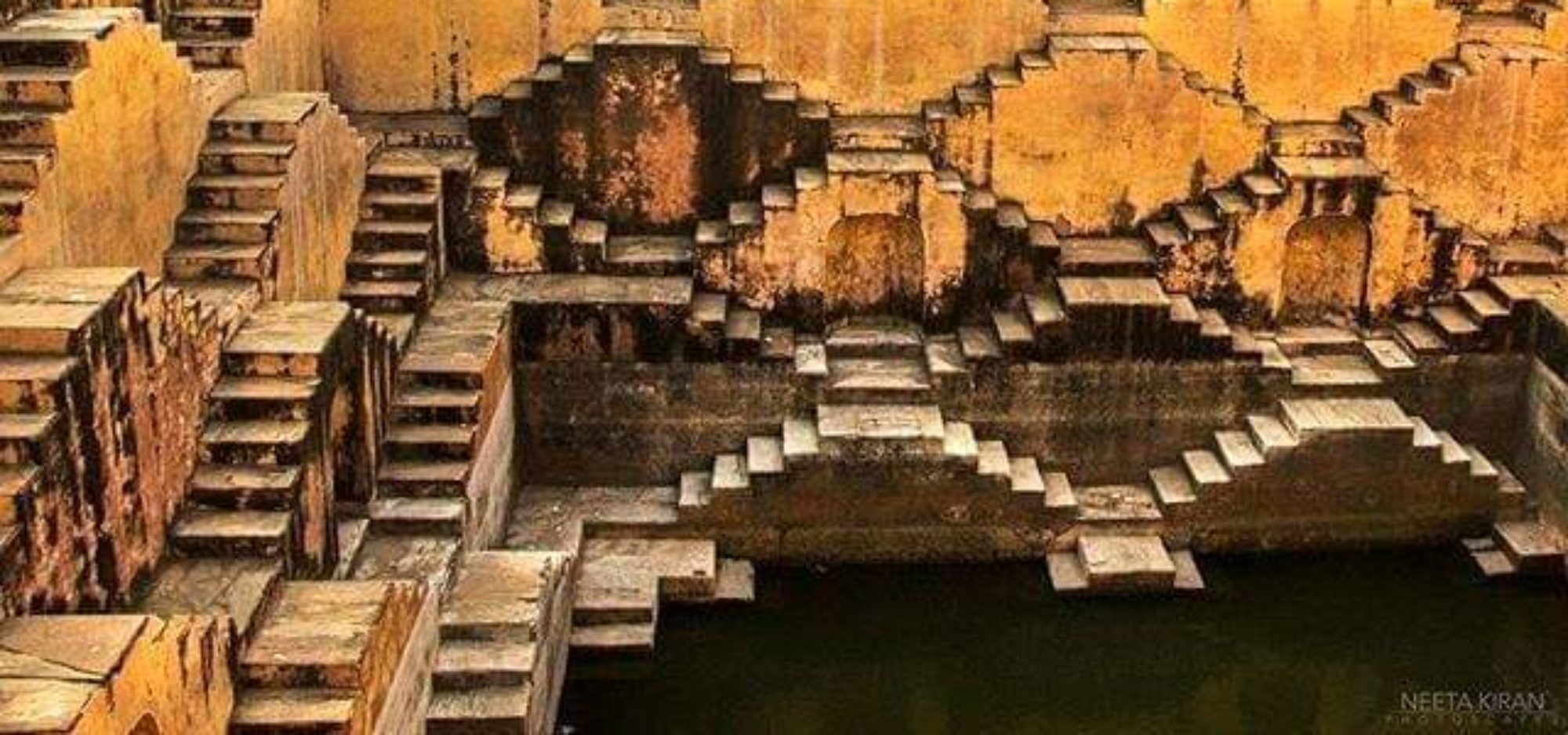When performing ceremonial ablutions; the Buddhist in Ceylon uses the same prayer on a similar occasion. Or take the epics, the foundation of Indian education and culture; or a poem like the MeghaDuta – the best known and most read work of Kalidasa. Are not these expressive of love for and knowledge of the Motherland? The ‘holy land’ of the Indian is not a far-off Palestine but the Indian land itself.
The whole of Indian culture is so pervaded with this idea of India as THE LAND, that it has never been necessary to insist upon it overmuch, for no one could have supposed it otherwise. “Every province within the vast boundaries fulfills some necessary part in the completion of a nationality. No one place repeats the specialised functions of another.” Take, for example, Ceylon (whose people are now the most denationalised of any in India); can we think of India as complete without Ceylon? Ceylon is unique as the home of Pali literature and Southern Buddhism, and in its possession of a continuous chronicle invaluable as a check upon some of the more uncertain data of Indian Chronology.
Sinhalese art, Sinhalese religion and the structure of Sinhalese society, bring most vividly before us certain aspects of early Hindu culture, which it would be hard to find so perfectly reflected in any other part of modern India. The noblest of Indian epics, the love-story of Rama and Sita, unites Ceylon and India in the mind of every Indian, nor is this more so in the south than in the north. In later times, the histories of northern India and Ceylon were linked in Vijaya’s emigration, then by Asoka’s missions (contemporaneous with earliest ripples of the wave of Hindu influence which passed beyond the Himalayas to impress its ideals on the Mongolian east); and later still a Sinhalese princess became a Rajput bride, to earn the perpetual love of her adopted people by her fiery death, the death which every Rajput woman would have preferred above dishonor. To this day her name is remembered by the peoples of northern India, as that of one who was the flower and crown of beauty and heroism. And just in such wise are all the different parts of India bound together by a common historical tradition and ties of spiritual kinship; none can be spared, nor can any live independent of the others.
The diverse peoples of India are like the parts of some magic puzzle, seemingly impossible to fit together, but falling easily into place when once the key is known; and the key is that realization of the fact that the parts do fit together, which we call national self-consciousness. I am often reminded of the Cairene girl’s lute, in the tale of Miriam and Ali Nur-al-Din. It was kept in a “green satin bag with slings of gold.” She took the bag, shook it, whereupon there fell out two-and-thirty pieces of wood, which she fitted one into other, male into female, and female into male, till they became a polished lute of Indian workmanship. Then she uncovered her wrists and laying the lute in her lap, bent over it with the bending of mother over baby, and swept the strings with her finger-tips; whereupon it moaned and resounded and after its olden home yearned; and it remembered the waters that gave it drink and the earth whence it sprang and wherein it grew and it minded the carpenters who cut it and the polishers who polished it and the merchants who made it their merchandise and the ships that shipped it; and it cried and called aloud and moaned and groaned; and it was as if she asked it of all these things and it answered her with the tongue of the case.”
(page 2 of 3)



Leave a Reply